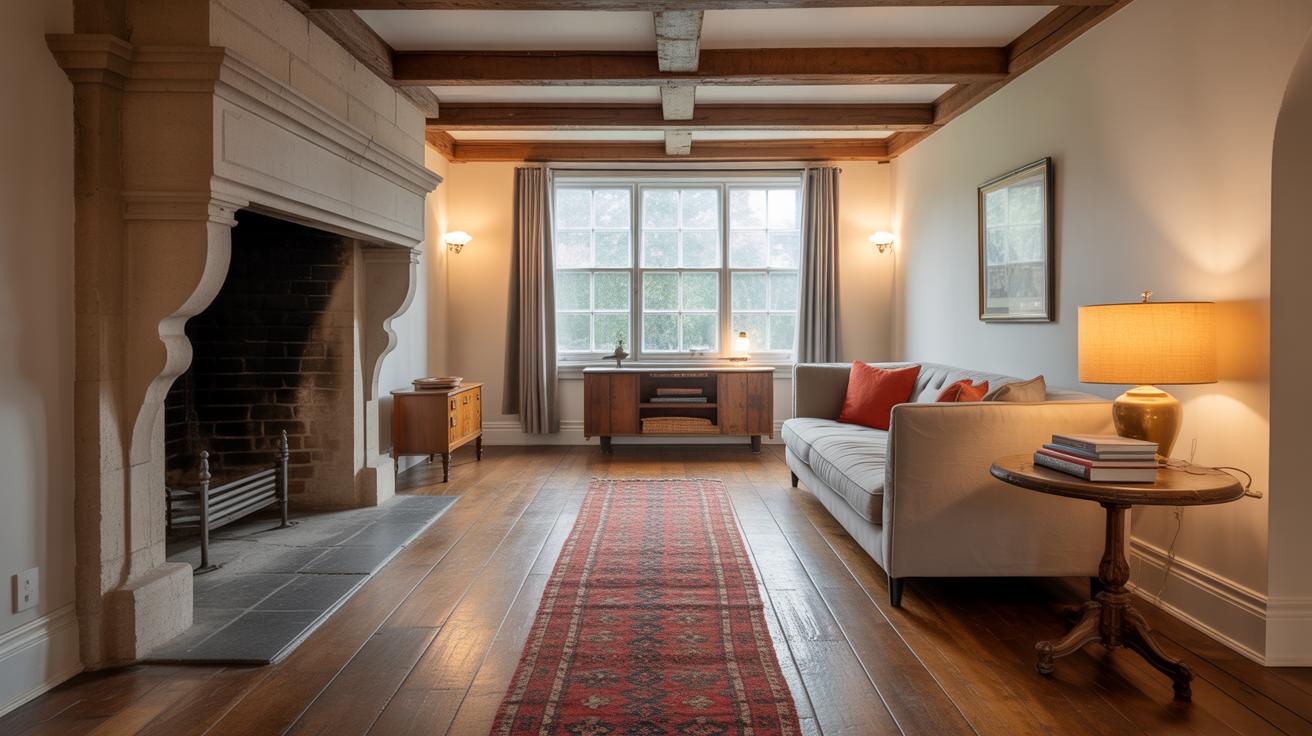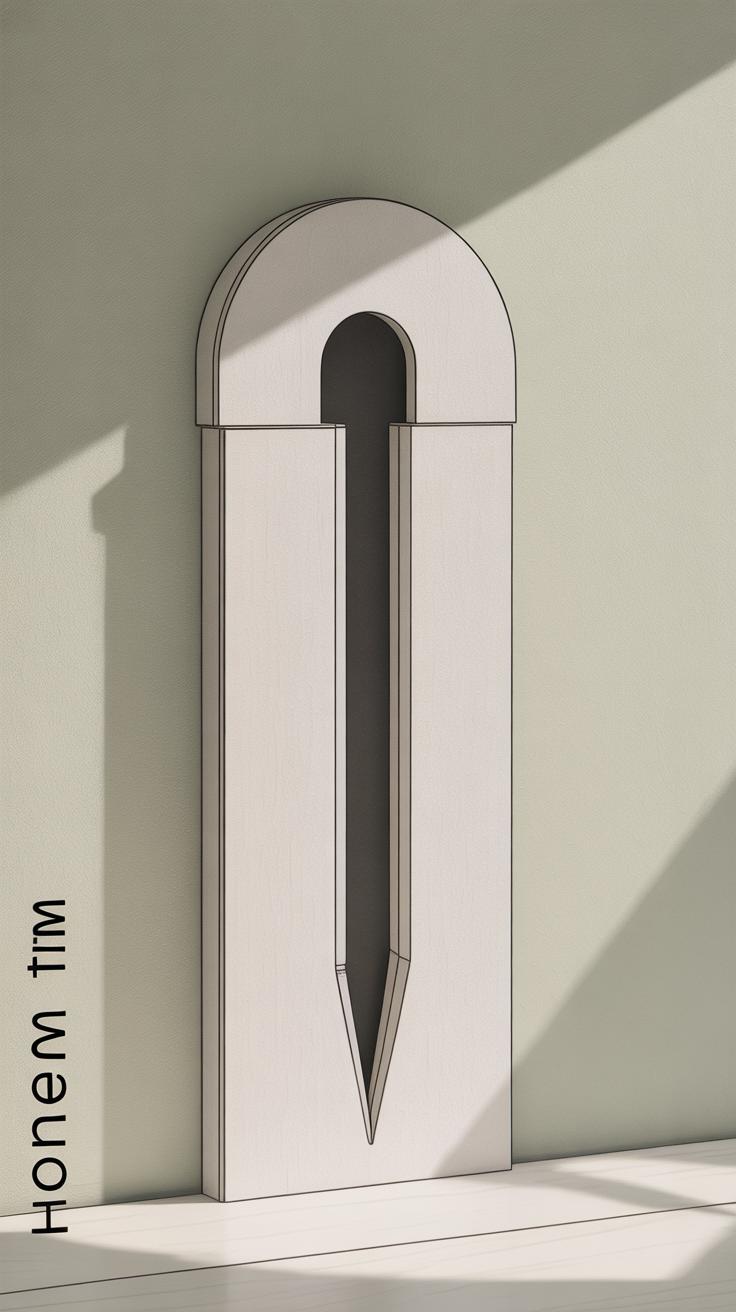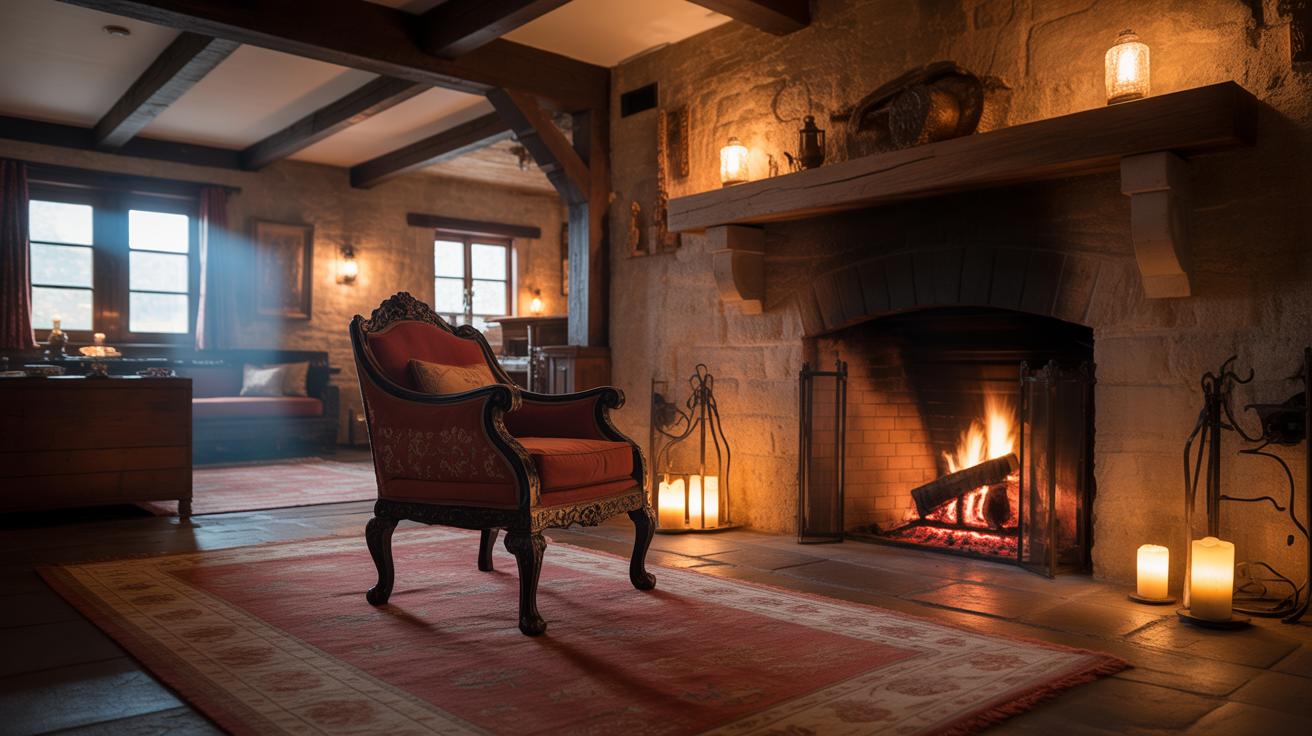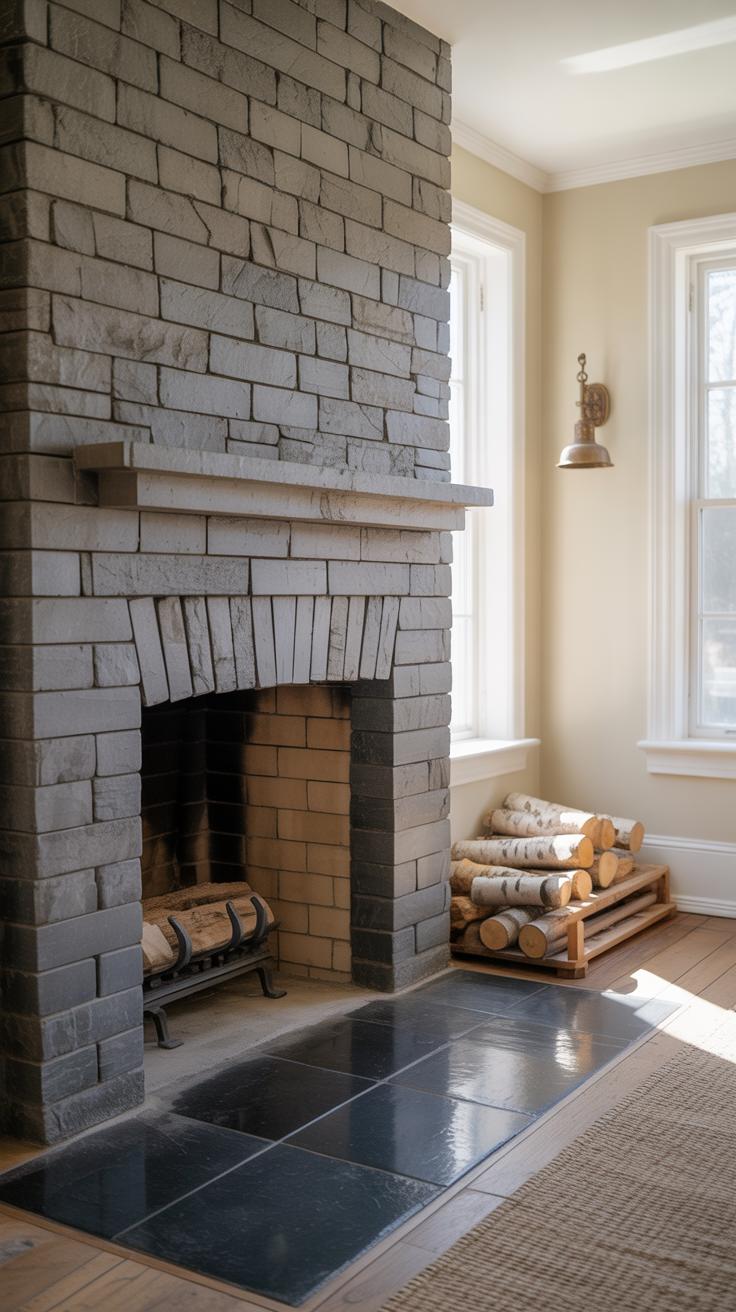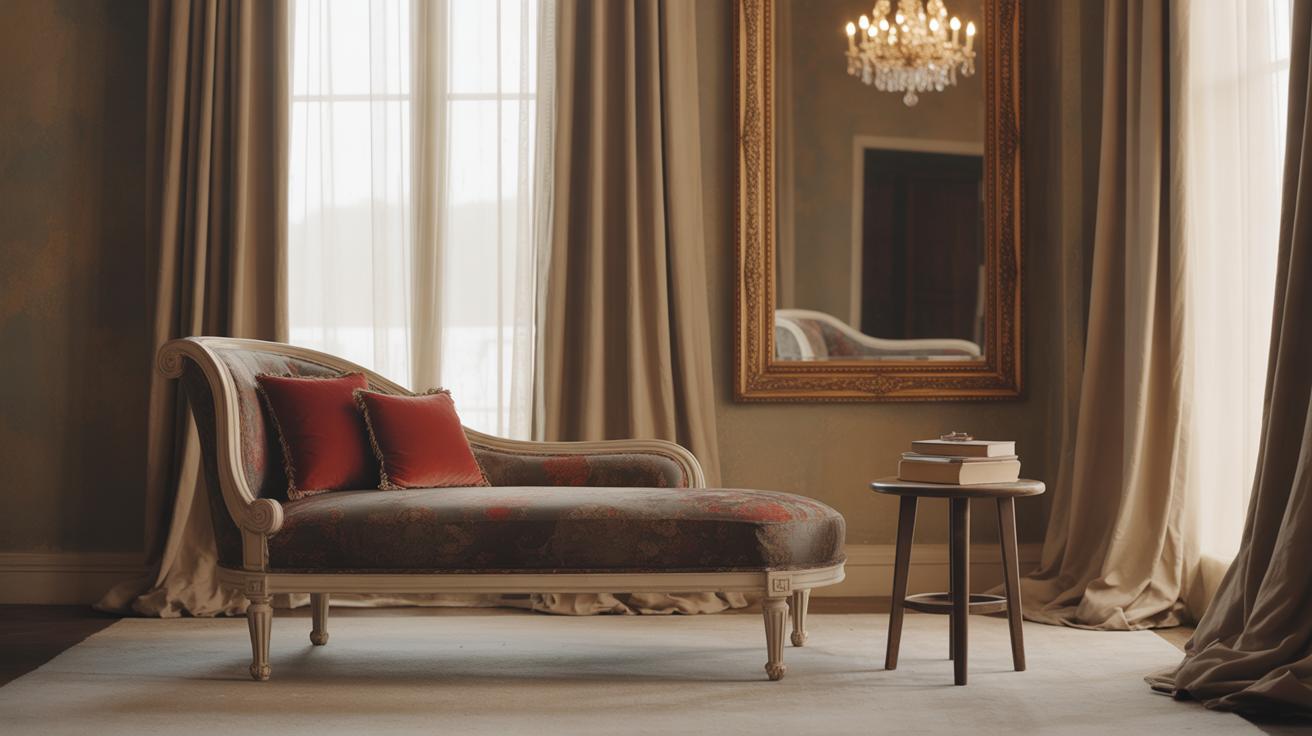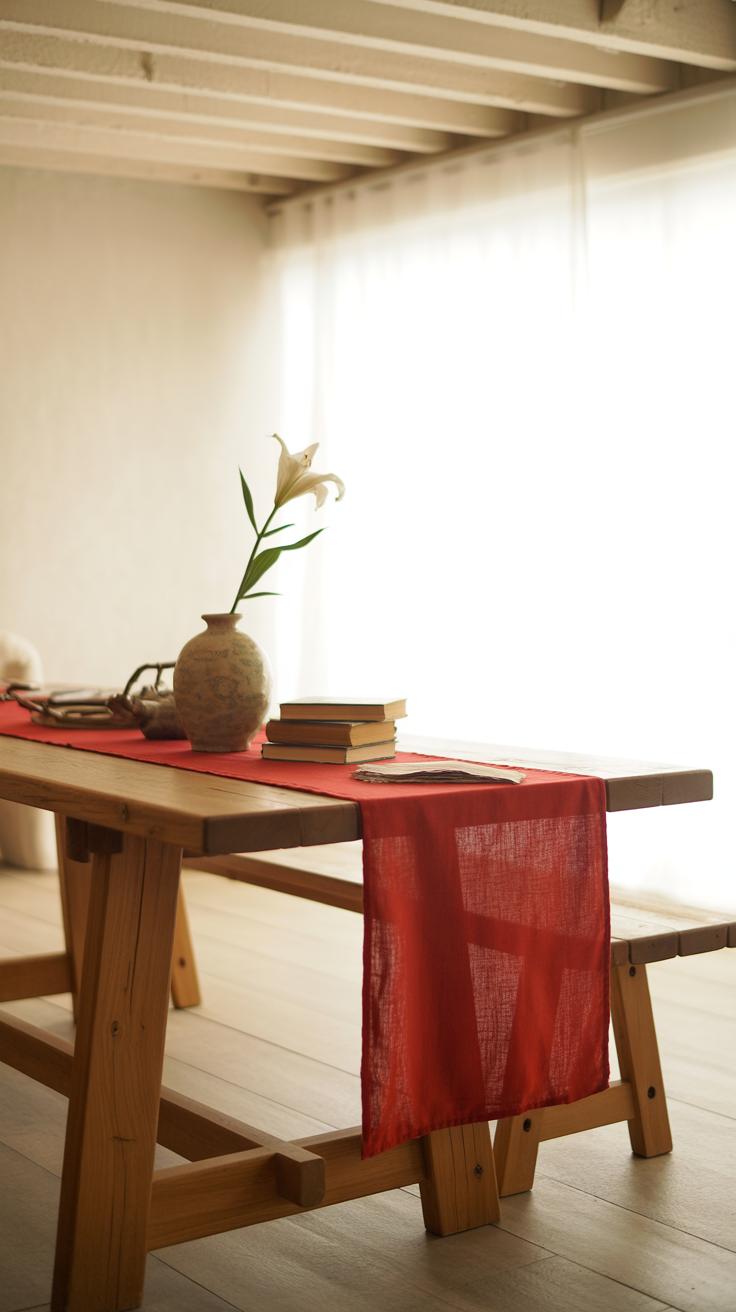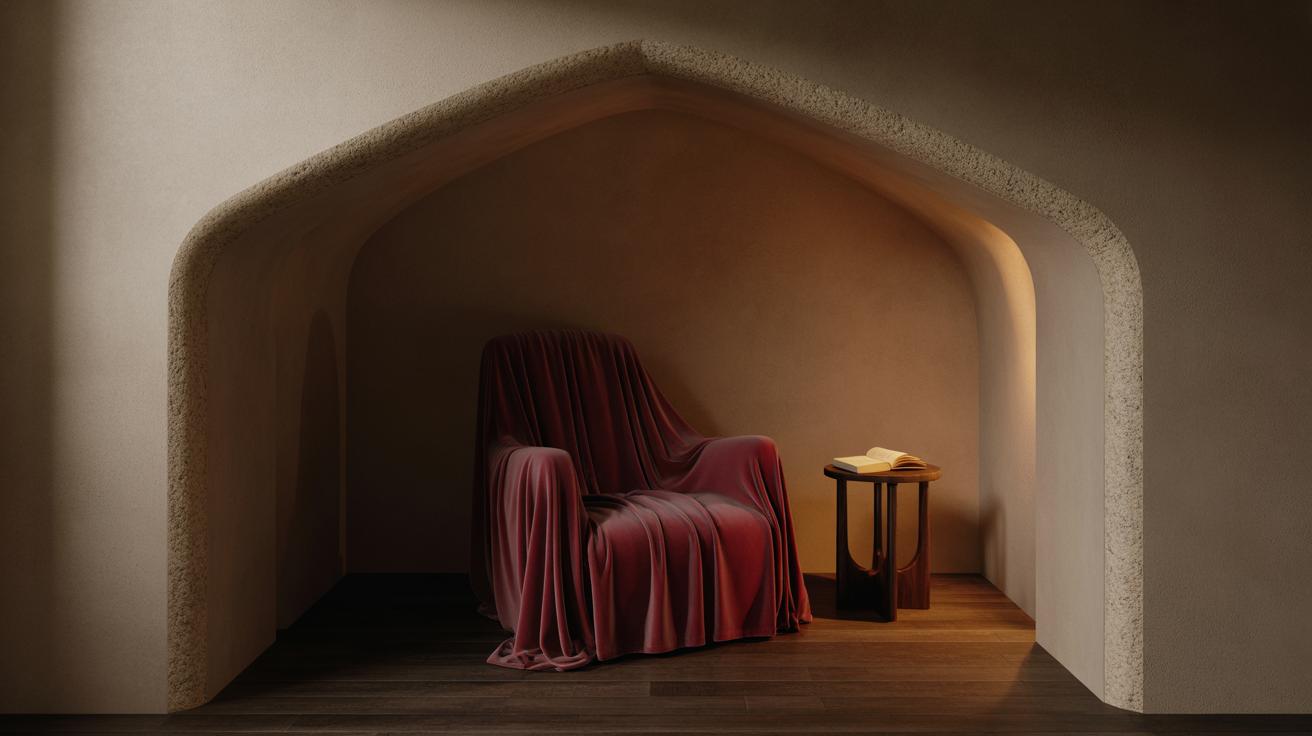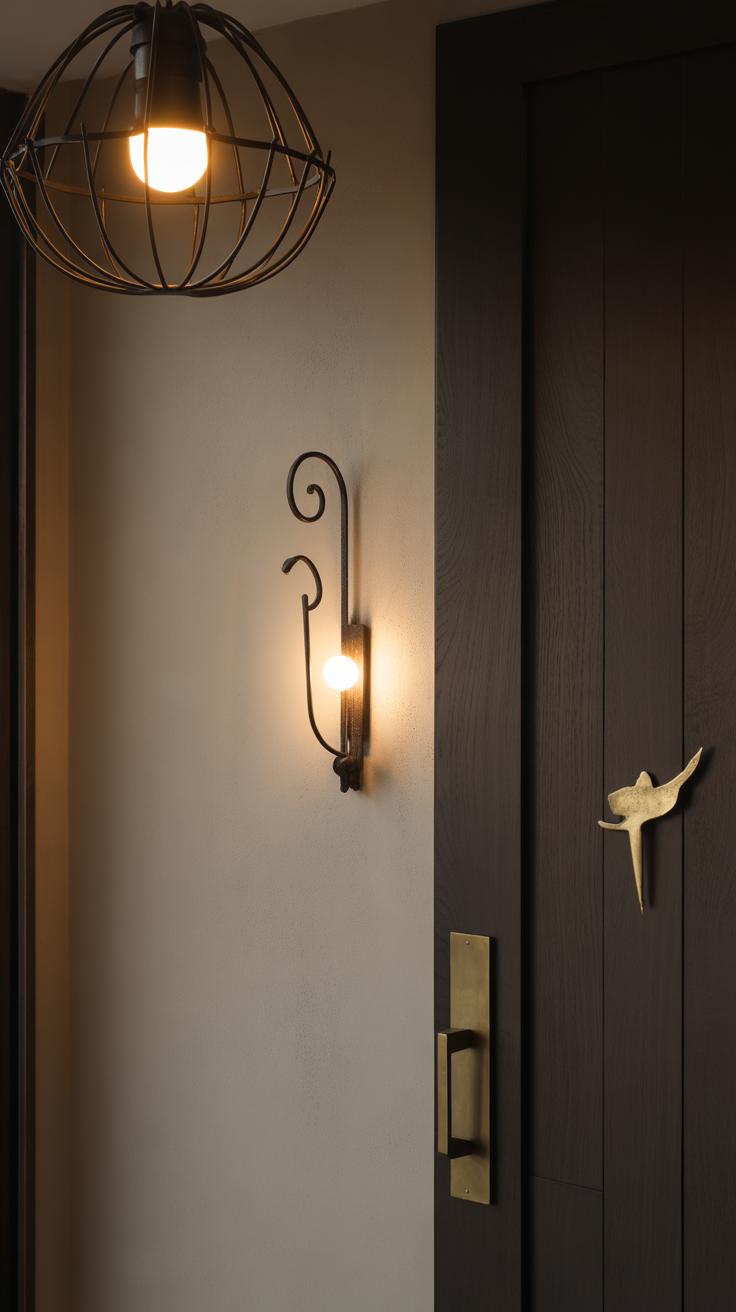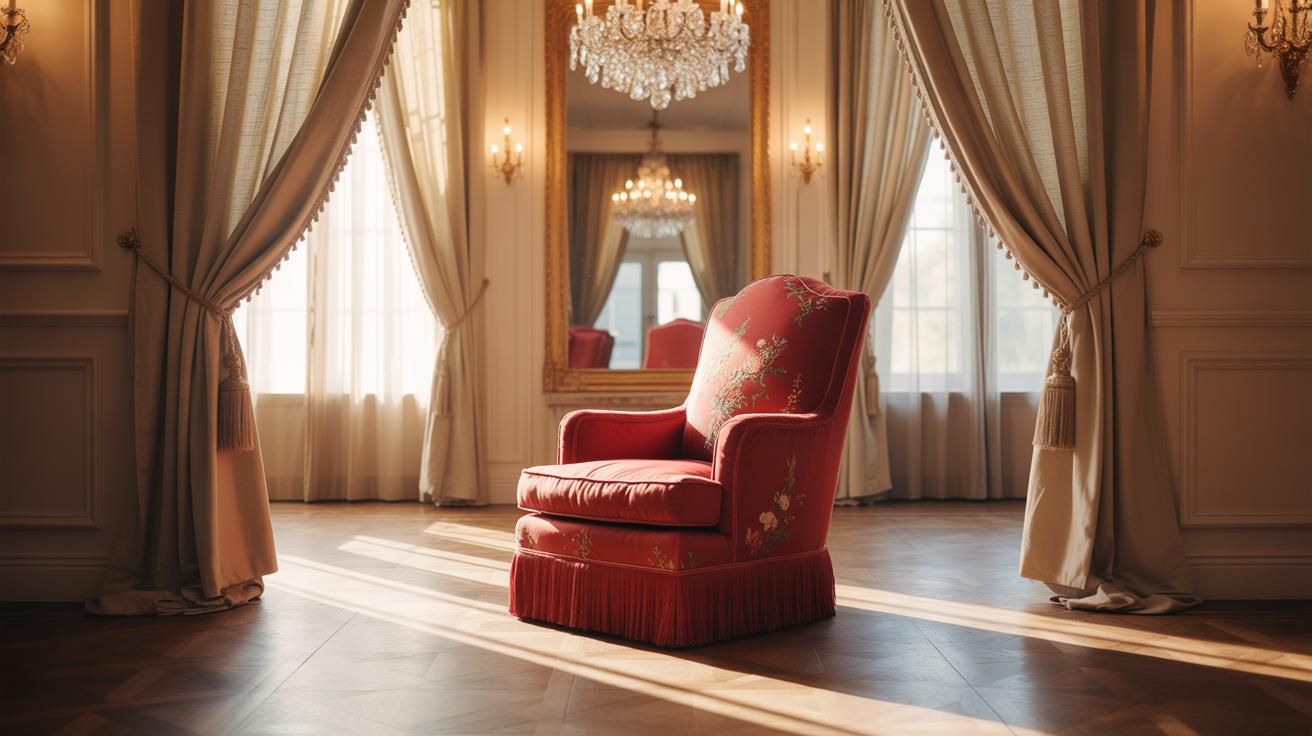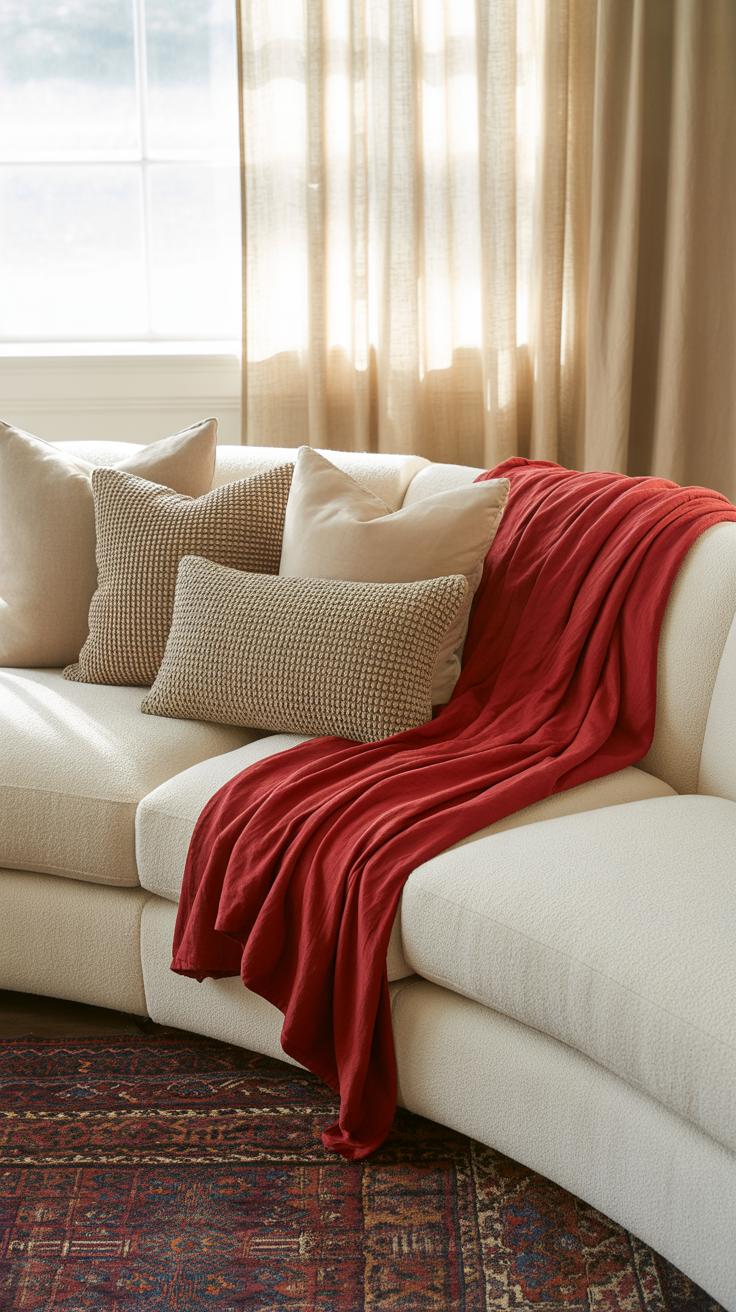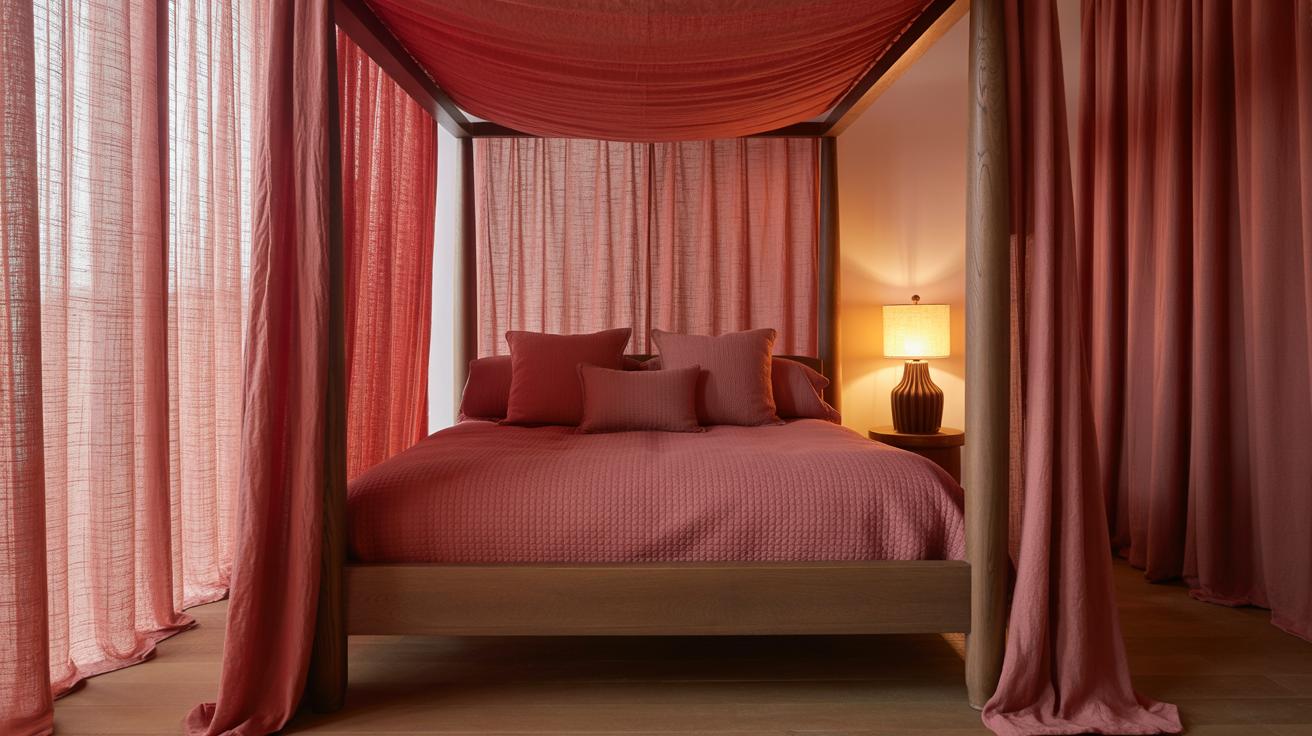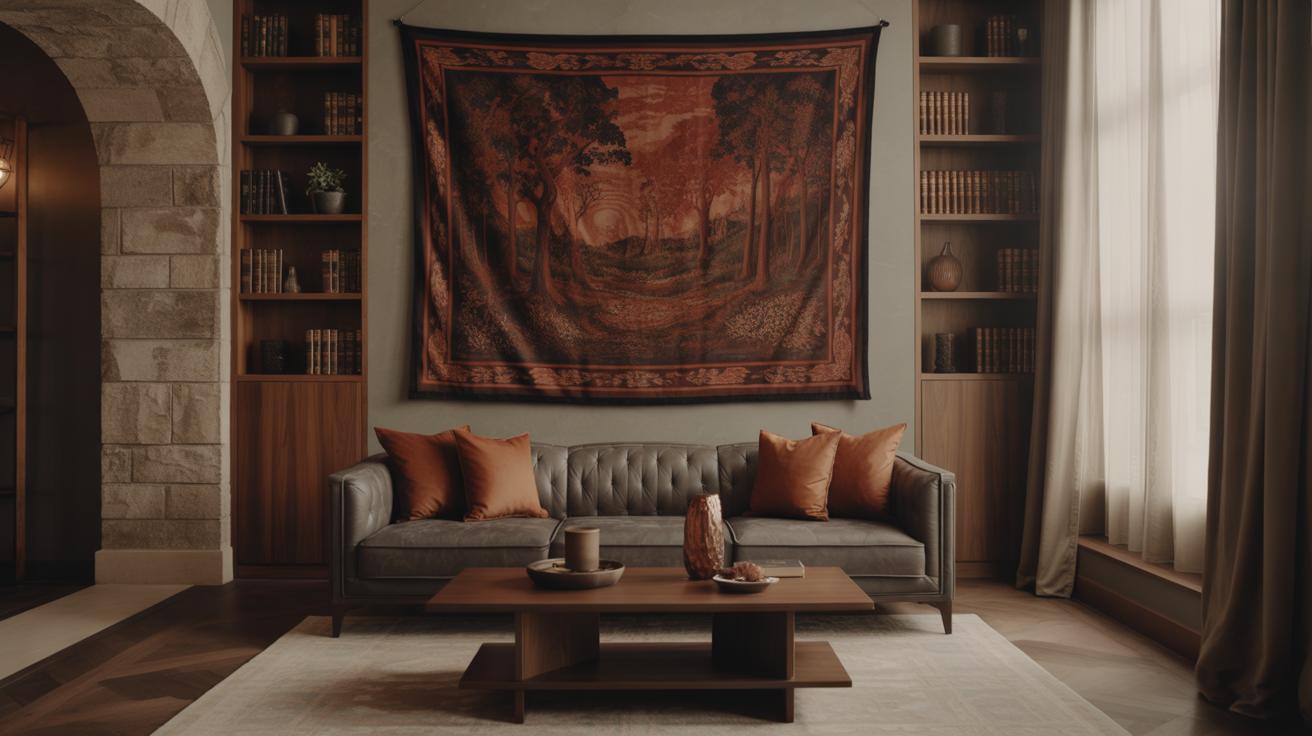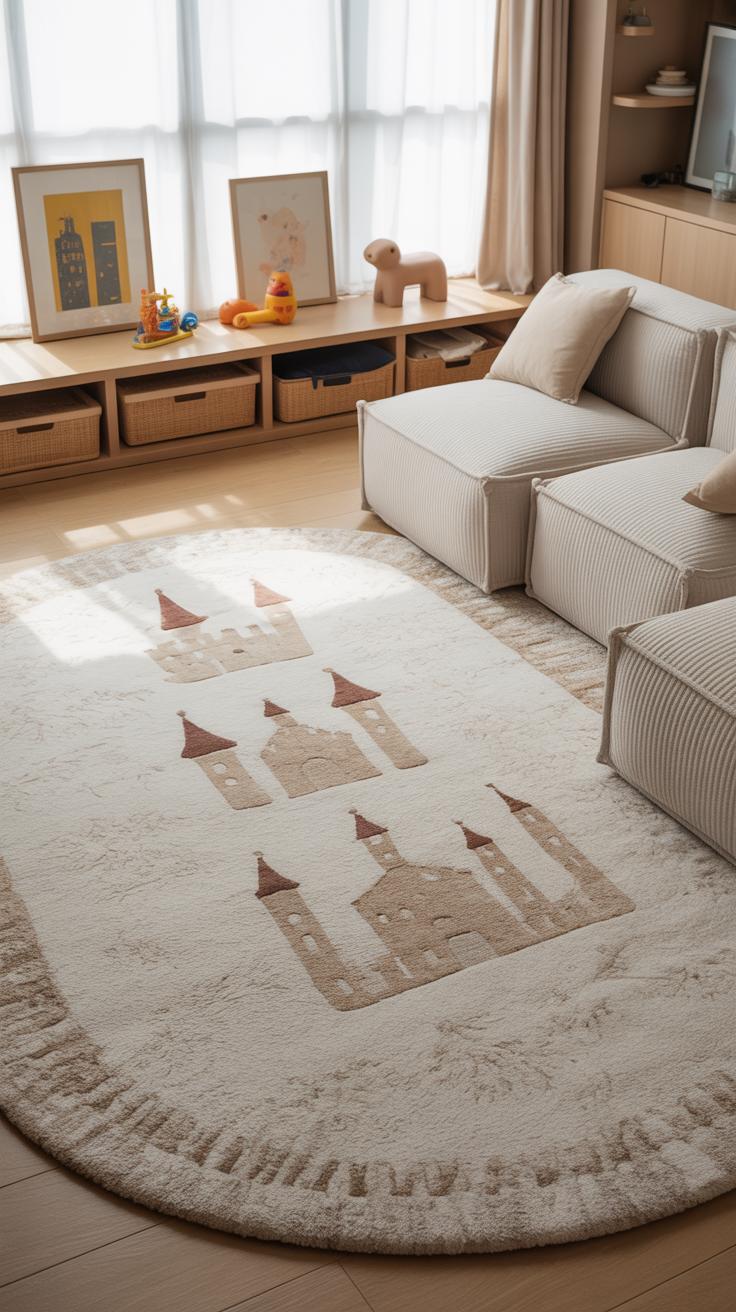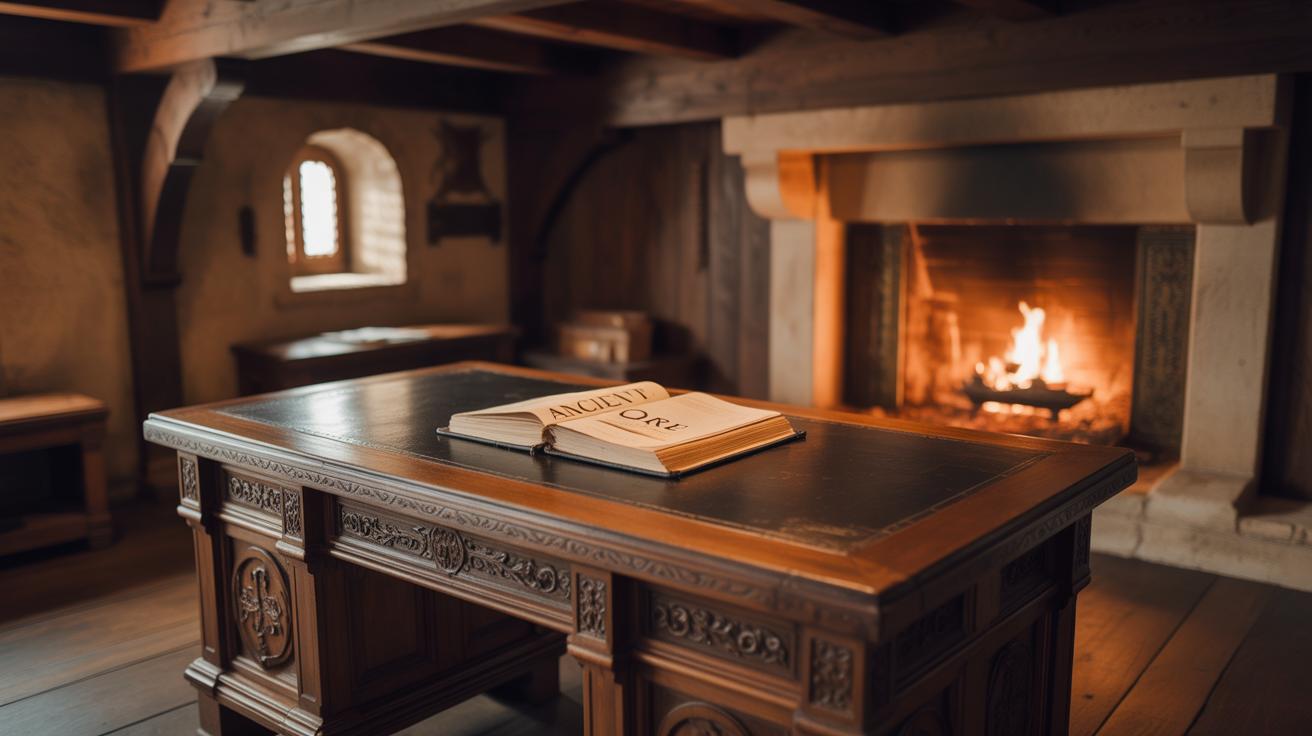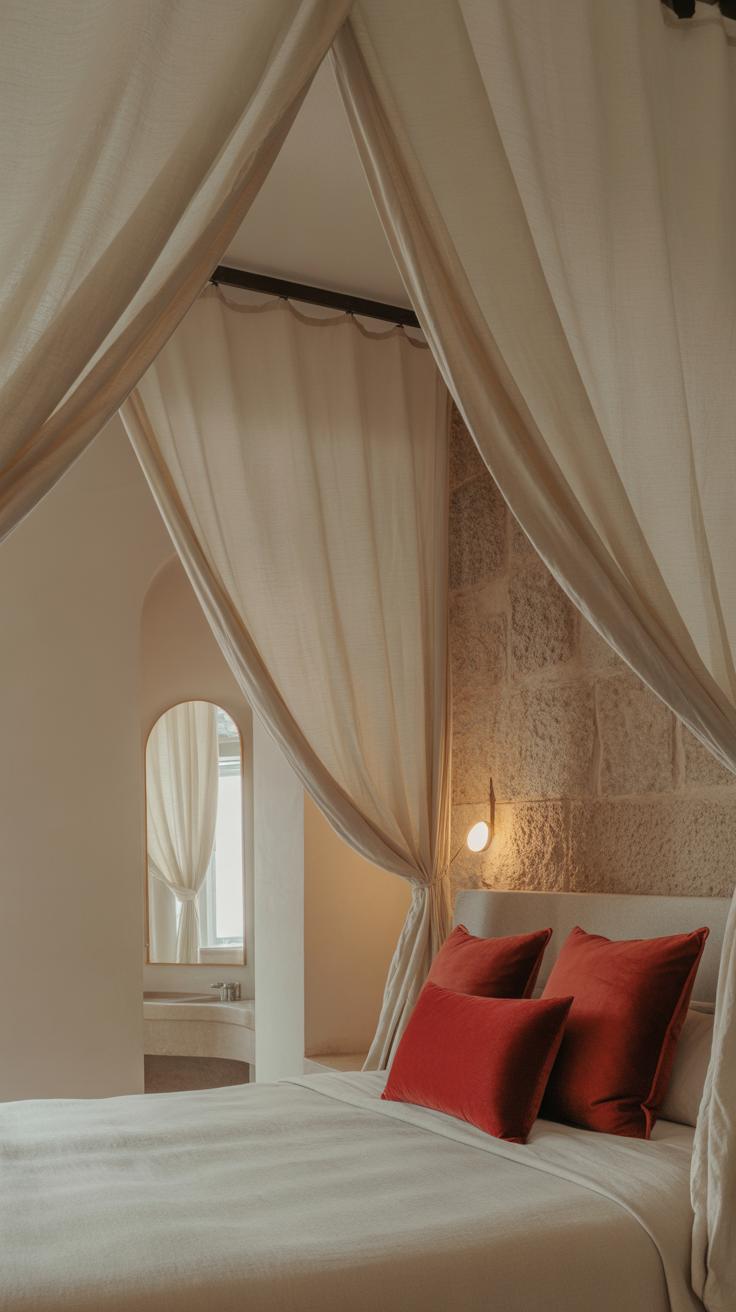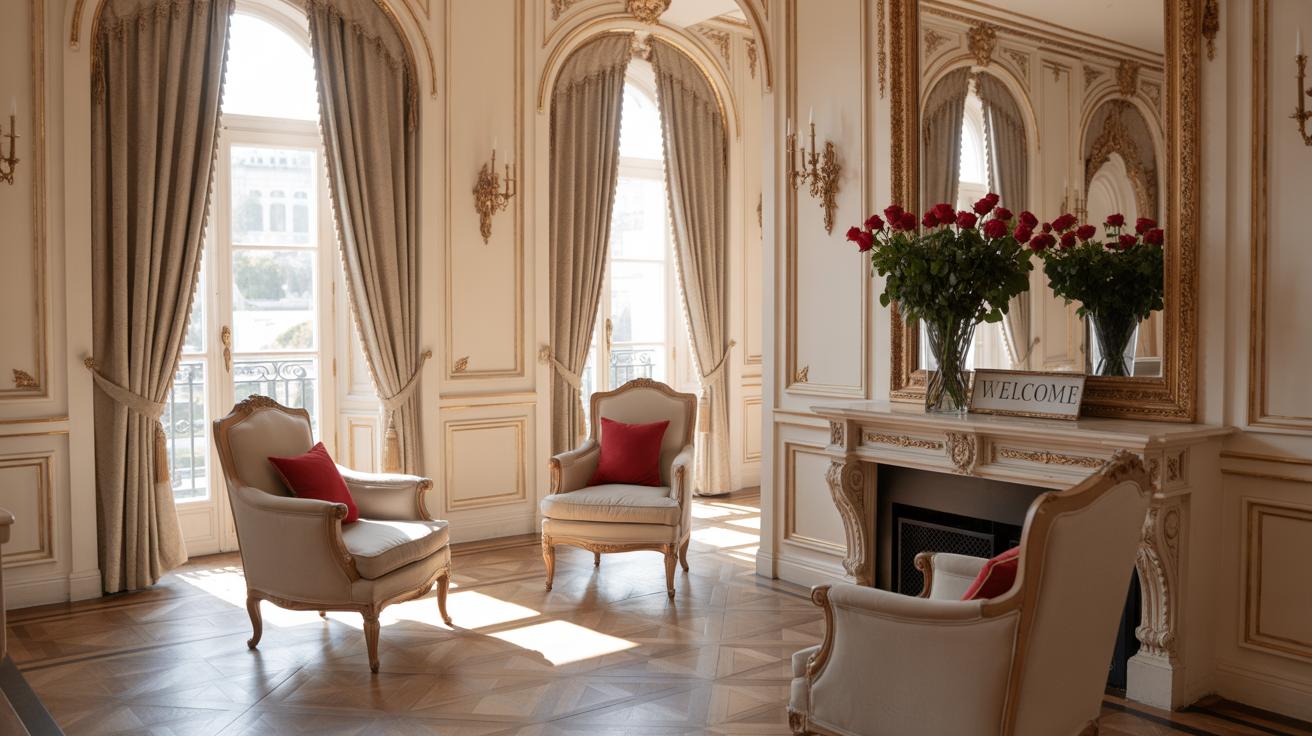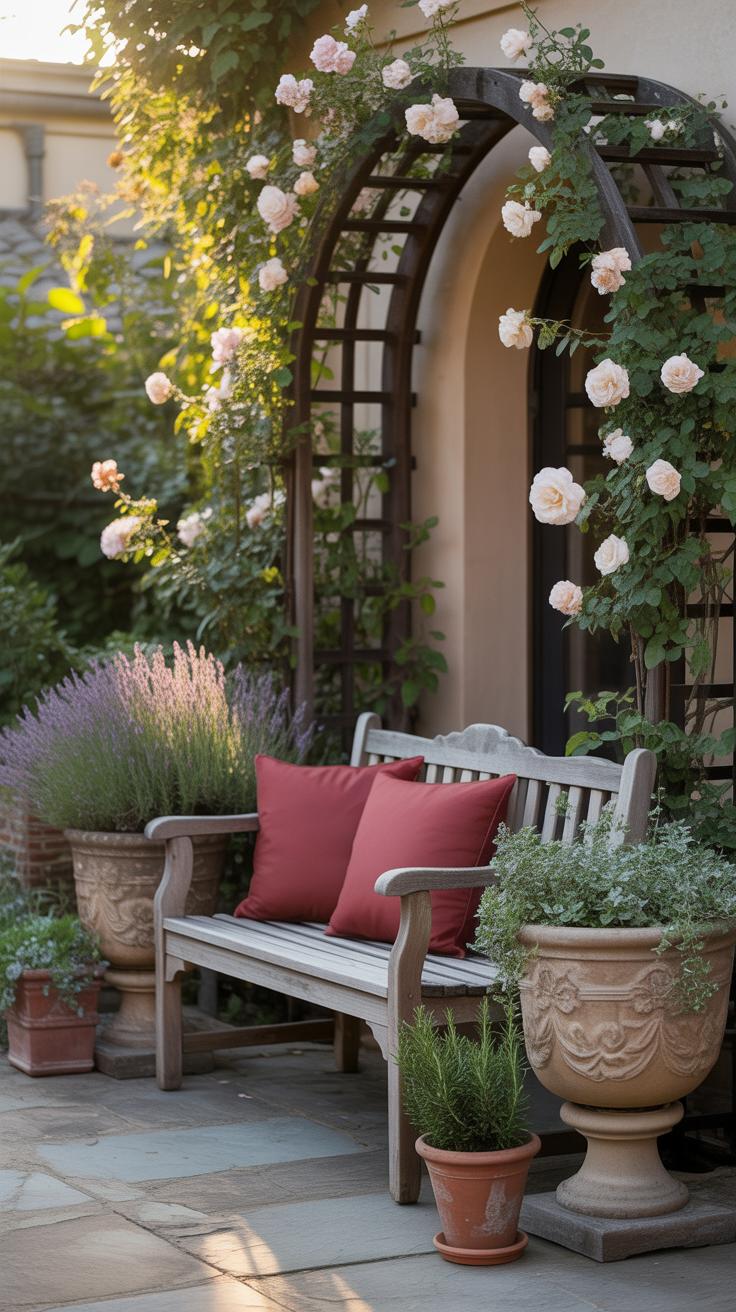Introduction
Medieval castles hold a special place in history. They were built for protection and to show power. Today, the style and details of these castles can add beauty and strength to your home. This article will explore how you can bring the look of medieval castles into your everyday interiors.
From solid stone walls to grand wooden beams, castle design features offer a unique way to decorate. You will learn practical ways to use these elements in your home to create a space that feels both classic and welcoming.
Understanding the Architecture of Medieval Castles
Medieval castles were designed with defense as their top priority. Stone walls, often several feet thick, formed the backbone of their strength. These walls resisted siege weapons and kept invaders at bay. You might picture them as cold and uninviting, but their purpose was clear: to stand firm against attacks. Towers rose at strategic points, not just for height but to provide vantage points for archers and lookouts. They also created blind spots, making it harder for enemies to find cover.
The central keep was the heart of the castle — a last refuge if outer defenses failed. It housed the lord’s quarters and served as a stronghold. Surrounding this were defensive elements like moats or walls enclosing the bailey, a courtyard area. Gatehouses controlled access, often outfitted with drawbridges and portcullises to slow attackers.
Did you ever wonder why castles seem so complicated? Their layout balanced daily life with protection. The bailey allowed for livestock, workshops, and gatherings, while the architecture kept everyone secure. It’s a blend of practicality and strategy that still sparks curiosity; why build something so massive yet so calculated? Maybe because survival wasn’t optional back then—every stone counted toward safety.
Incorporating Stone Elements Indoors
Bringing the solidity of castle stone inside your home can be rewarding, but it’s tricky to balance authenticity with comfort. Thick stone walls and floors are core to castles, yet those surfaces can feel cold and unforgiving if not handled carefully. You might wonder what materials could capture that rugged stone vibe without turning your living room into a chilly cave.
One option is using natural stone slabs or tiles, such as limestone or slate, which both have the rough texture and weight reminiscent of castle walls. Limestone offers a softer, warmer tone but can scratch more easily. Slate tends to be darker and harder, which creates a dramatic look but might make the room feel cooler than expected. For something less heavy, there are high-quality stone veneers or plaster finishes designed to mimic the uneven surface of ancient stone walls. They give the impression of mass without the structural demands.
You might want a floor or accent wall that looks like it’s been standing for centuries, but the idea is to maintain livability. Balancing stone with items that add warmth—like thick wool rugs, upholstered armchairs, or softly glowing lantern-style lamps—makes the space inviting. Too much stone without warmth can feel daunting.
Choosing the right stone isn’t just about appearance. Think about maintenance, temperature control, and how the room will be used. Stone looks timeless, yet it demands thought to blend strength with comfort in everyday life.
Wooden Beams and Furniture Styles
Timber played a quiet but crucial role in medieval castles, standing strong alongside stone walls. Exposed wooden beams weren’t just structural—they set a mood. These rough, heavy timbers stretched across ceilings, breaking up vast rooms and lending a sense of weight and security. Bringing that feel into your home can anchor your space with a rugged charm that’s surprisingly warm.
Exposed Beams and Ceilings
If you’re thinking of adding exposed beams, choosing the right wood matters. Oak or chestnut beams, whether real or reclaimed, give an authentic touch. They don’t have to be perfectly straight—irregularities add character. You might prefer faux beams for easier installation; they’re lighter and less costly but still capture the look.
Keep these ideas in mind:
- Install beams running perpendicular to your floorboards for a natural visual rhythm.
- Mix thick and thin beam sizes to avoid a too-uniform look.
- Leave the wood unfinished or lightly stained to highlight texture and grain.
- Use discreet spotlights or uplighting along beams to emphasize their shape.
I once saw beams installed in a modern loft that immediately transformed the space, creating a subtle fortress-like vibe without feeling overpowering. It felt like the ceiling itself was telling a story.
Medieval-Inspired Furniture
Castle furniture is all about solid, imposing pieces that look as if they could last centuries. Large wooden tables with chunky legs and uneven surfaces invite gathering. Chairs often boast carved backs or armrests, sometimes with chainmail or leather upholstery for an authentic touch. Sturdy chests double as storage and statement pieces.
To bring this into your home:
- Seek tables with visible joinery and unfinished edges for a hand-crafted feeling.
- Look for chairs with subtle medieval details like fleur-de-lis cutouts or simple carvings.
- Add ottomans or benches with wrought iron accents to echo castle hardware.
- Don’t shy away from mixing styles—a heavy chest next to a contemporary sofa can anchor the room in history without feeling dated.
I must admit, at first I worried large wooden furniture might overwhelm a small space. But choosing key pieces makes the look intentional, not cluttered. Why not try one or two standout items for that quiet strength medieval timber was known for?
Lighting and Decorative Details
Medieval castles relied heavily on lighting that was simple but dramatic—torches mounted on walls, often flickering with real flames. Chandeliers hung from the ceilings, wrought iron frames holding clusters of candles. The light was warm, uneven, sometimes dim, but enough to create atmosphere and reveal the rough stone walls. If you’ve ever seen one of those massive iron chandeliers in a castle, you know they feel both heavy and oddly delicate at once. That contrast can be tricky to capture at home, but it’s worth trying.
These days, you don’t need to risk flickering flames near your curtains. Modern fixtures can mimic those medieval elements without the mess. Look for wrought iron chandeliers with candle-style bulbs that give a soft glow. Wall sconces modeled after torches—battery operated or electric—can offer that medieval flicker without the hassle or fire risk.
Decorative ironwork was everywhere, from door handles and hinges to stair railings. The iron was often hand-forged, with curls, spikes, or even subtle medieval motifs. These details don’t just look strong—they add an authentic feeling of craftsmanship. In a modern setting, swapping standard hardware for wrought iron or dark metal fixtures brings in this castle vibe subtly but effectively. Even something like a kitchen cabinet pull in wrought iron changes a room’s tone noticeably.
So, if you want to bring medieval charm into your living space, consider combining these rustic, purposeful lighting and ironwork details. It’s less about perfection and more about presence—does the space feel grounded in history, while still being livable? Sometimes, rough edges and uneven glows are just what your modern home needs.
Textiles and Color Schemes of Castle Interiors
Choosing Fabrics for Warmth
If you want to capture that medieval castle feel, fabrics play a central role. Think thick, tactile materials that hold warmth and add a layer of comfort to a chilly stone room. Velvet, for instance, is one of those fabrics that just feels right—plush, heavy, and a bit dramatic. You might hesitate to use it everywhere, but even an accent chair or a cushion dressed in deep velvet enriches the space.
Wool was common in castles, often worn but also used for blankets and curtains. It’s practical and has this rustic charm. You can bring warmth and texture by layering wool throws or using it for rugs. Linen is another material that might surprise you—it adds a lighter feel while still echoing the natural, unrefined textures of the period. Drapes made from linen or a linen blend catch the light softly and offer a subtle nod to historic interiors without feeling heavy.
Choosing fabrics that feel substantial but not overpowering is tricky—too much weight and the room feels gloomy; too light, and you lose that cozy castle vibe.
Colors of the Medieval Era
Medieval castles weren’t a rainbow of colors, but they definitely weren’t as muted as many imagine. Dark reds, deep greens, rich blues, and earthy ochres were all quite popular. These tones come from natural dyes and had a particular intensity and warmth. You might think a dark red looks imposing, but when paired with soft textures and balanced lighting, it creates a welcoming warmth rather than a fortress-like chill.
Gold and muted yellows were often used for accents, especially in tapestries or trims, providing a bit of brightness without overwhelming the palette. If you’re wondering how to bring these colors into a modern room, try painting a single wall or using accent pieces like cushions or rugs in these shades. Or maybe a heavy curtain in deep green could frame a window perfectly, adding both a splash of color and a sense of enclosure.
One thing to ponder is how these strong colors interact with natural light. Some rooms will feel energizing, others a bit gloomy if you’re not careful. So, experimenting with smaller areas first might be your best bet.
Modern Practicality in Castle Inspired Homes
You might wonder how the grandeur and heft of medieval castle interiors can fit into a modern lifestyle without feeling impractical or uncomfortable. The truth is, blending medieval style with today’s needs isn’t as tricky as it seems, though it takes some careful thought. For example, heating in a castle-inspired room can’t rely on an open hearth alone, especially if you live somewhere chilly. Instead, adding discreet underfloor heating or carefully hidden radiators behind period-style grills keeps the look intact while keeping you warm.
Lighting is another area where the past and present meet awkwardly. Medieval spaces relied mostly on candles and fireplaces, but you don’t want to live in near-darkness. Using wrought iron chandeliers fitted with modern LED bulbs or wall sconces that mimic torchlight offers both ambiance and brightness. You get the atmosphere without fumbling in the dark.
Furniture comfort often gets overlooked in castle designs—you might picture stiff wooden chairs and giant stone benches that look stunning but aren’t very welcoming. Yet, softer, plush seating designed with medieval shapes and rich materials can provide the charm without the ache. Think high-backed chairs with hidden lumbar support or sofas built around medieval forms but stuffed with modern foam. Smart layouts help here too, arranging pieces for easy movement and practical use.
When it comes to blending old and new, modern appliances can be sneakily tucked behind panels carved in period motifs or concealed within large wooden cabinets. Your kitchen can have the look of a stone-walled armory while holding all the conveniences of contemporary cooking. Would you imagine a dishwasher hiding behind a massive oak door? It’s possible, and it works.
So, before you decide that a medieval castle style is all about grandeur but no comfort, consider how you could reinterpret the style with warmth, light, and functionality. It may be a bit of a balancing act. But isn’t that part of the appeal—to bring history alive without losing touch with today’s needs?
Creating Castle Inspired Bedrooms and Bathrooms
Designing bedrooms and bathrooms that feel like they’re part of a medieval castle means focusing on textures and materials that evoke strength—and a bit of mystery. For bedrooms, think heavy curtains in deep, muted tones—maybe a wool or velvet fabric that blocks out light and offers warmth. Thick wooden furniture fits nicely here; rough-hewn beds and sturdy armoires remind you of the castle’s timeless construction. Don’t shy away from exposed stone walls or stone accents, though sometimes a subtle stone veneer behind the bed does the trick without feeling cold.
Colors tend to be earthy: deep browns, grays, even a dark red or blue can work well. Mixing stone with wood keeps the room grounded and cozy rather than cold. Maybe add a wrought-iron chandelier or sconces for lighting—these add character, even if you prefer modern bulbs for practical reasons.
Cozy Medieval Bedrooms
To make a bedroom feel truly medieval, the trick is layering. Heavy curtains paired with wooden beams or furniture create a feeling of enclosure and warmth. A large wooden bedframe with simple carvings or iron detailing establishes that castle vibe without overwhelming the space. A chest at the foot of the bed can be both decorative and practical, channeling medieval practicality.
Stone elements don’t have to be everywhere, but a single stone wall or stone fireplace can anchor the room and offer textural contrast. Try mixing in textiles like woven rugs or tapestry-inspired cushions to soften the stone’s hardness. I once tried a small faux-stone panel behind my bed and, honestly, it transformed the whole feel—even if just a subtle nod.
Bathrooms with Castle Charm
Bathrooms inspired by castles often feature fixtures that look as though they were forged centuries ago. A stone sink—carved from granite or marble—adds weight and history to the room. Paired with wrought iron faucets and towel racks, it feels like stepping into a place that values craftsmanship over speed.
Tiling can help too, especially patterns reminiscent of medieval floors. Think simple geometric shapes in muted colors, maybe a hint of mosaic. Walls with rough plaster or stone can enhance the sense of permanence. Lighting here can follow the same rules as bedrooms: iron sconces or lantern-style fixtures suggest candlelight even when it’s electric.
It’s tempting to go all out, but sometimes small details make the biggest impact. Even a wooden stool or iron mirror frame can tie the room to the castle story without overpowering daily comfort. You wonder, though, how practical some fixtures would be in everyday use—but that’s part of the charm. Balancing old-world feel with modern needs remains an interesting challenge.
Outdoor Spaces with Castle Features
Castle Style Gardens
Extending a castle vibe outdoors means thinking about gardens not just as green spaces but as parts of the home with character. A medieval-inspired garden tends to focus on structure—think geometric beds, winding stone paths, and carefully trimmed hedges. I’d suggest mixing herbal plants like lavender or rosemary with climbing vines such as ivy or wisteria to evoke that sense of age and resilience.
Stone benches scattered around, weathered over time, invite quiet moments, while a small stone fountain can add a touch of movement without losing the rustic feel. You might want to try planting some flowers with deep, rich hues – dark reds, purples – colors that seem to resonate with medieval castles and their tapestries. At times, a garden like this can feel a bit too rigid, but that’s where playful imperfection creeps in—a wild vine here, a patch of untamed grass there—that offer a more lived-in, authentic look.
Entryways and Patios
When designing gates or patios, heavy stone is a must. Think wide, uneven slabs forming a rugged stone floor, reminiscent of old courtyards where knights once gathered. Ironwork should feel strong, embellished with simple scrolls or spear-like finials rather than intricate modern twists. A wooden gate, dark and slightly weathered, feels right at home when framed by stone pillars.
Doors don’t have to be massive but a sturdy wood with visible iron nails or bands gives that unmistakable medieval touch. I once visited a home with a tiny stone patio bordered by low stone walls topped with wrought iron railings— it felt like stepping back in time, and yet it was welcoming, usable every day. The trick might be keeping elements practical while still creating something that echoes castle strength and charm. Would your neighbors notice the difference? Possibly, and maybe that’s the point.
Conclusions
Bringing medieval castle style into your home is about more than just looks. It’s about creating a space that feels strong, historic, and full of character. By using stone, wood, and classic designs, you can turn your home into a place with timeless appeal.
With simple ideas and thoughtful choices, anyone can add a touch of castle charm to their living space. This style connects us to history while fitting modern daily life. You now have a clear path to making castle-inspired interiors part of your home.

